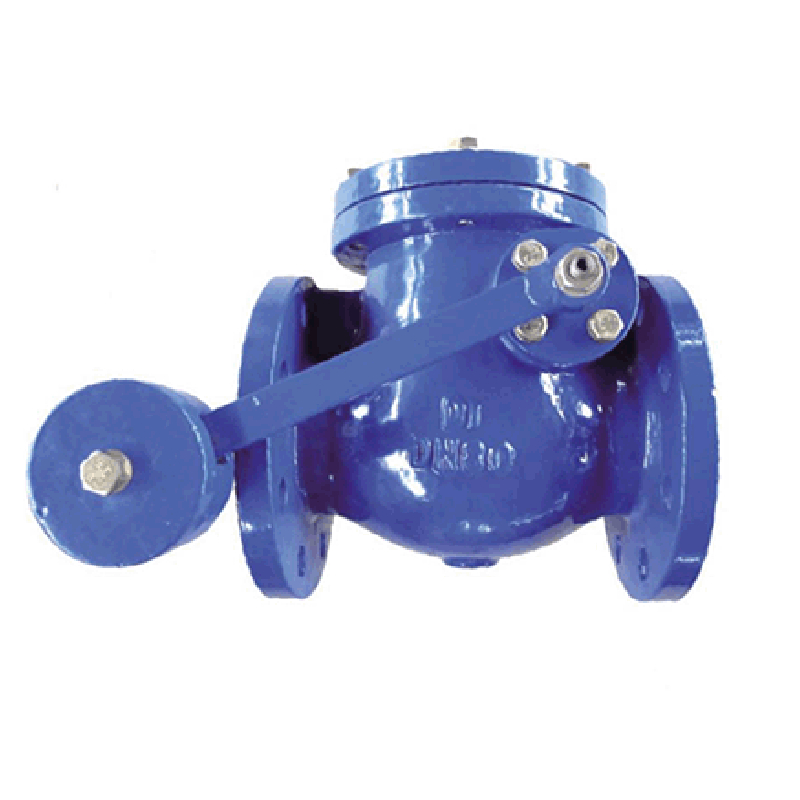Dec . 22, 2024 08:42 Back to list
double eccentric butterfly valve
Understanding Double Eccentric Butterfly Valves
The double eccentric butterfly valve is an innovative piece of equipment widely utilized in various industrial applications, particularly in sectors such as oil and gas, water treatment, HVAC systems, and chemical processing. Designed for efficient flow control, these valves feature unique geometrical advantages that enhance performance and durability.
Key Features
At its core, the double eccentric butterfly valve differs from traditional valves through its unique design, which incorporates two points of eccentricity. This design allows the disc of the valve to rotate about two axes, resulting in minimal contact with the seat during both opening and closing phases. The first eccentricity occurs where the shaft is positioned off-center in relation to the valve body, allowing the disc to tilt slightly during operation. The second eccentricity involves the axis of the valve being offset from the center of the pipe. This configuration reduces friction and wear, prolonging valve life and ensuring more efficient operation.
Operational Advantages
One of the primary advantages of the double eccentric design is its ability to provide a tight seal, even under high-pressure conditions. The unique movement of the disc means that as the valve opens, it gently lifts away from the seat, creating a less abrasive action than other valve types. This not only helps maintain the integrity of the valve over time but also minimizes energy consumption during operation.
Furthermore, the aerodynamic design of the double eccentric butterfly valve contributes to lower pressure drops when the valve is open, improving flow efficiency. This characteristic makes it especially suitable for applications where maintaining energy efficiency is crucial, such as in water distribution systems or high-capacity HVAC applications.
double eccentric butterfly valve

Material and Construction
Double eccentric butterfly valves can be constructed from various materials, including stainless steel, ductile iron, and plastic, depending on the specific requirements of the application. The choice of material affects the valve's resistance to corrosion, temperature fluctuations, and mechanical stress. For example, stainless steel versions are particularly favored in corrosive environments, while plastic variants may be chosen for lower-cost applications where chemical resistance is necessary.
The valve's seat material is equally critical, with options ranging from rubber and PTFE to metal. The choice of seat material depends on factors such as the type of fluid being handled, temperature, and pressure conditions. Appropriate selection of both the valve body and the seat material enhances the valve's performance and lifespan.
Installation and Maintenance
The installation of double eccentric butterfly valves is straightforward, often involving flanged or wafer connections. However, it is crucial to ensure that the valve is installed in the correct orientation, as this can significantly impact its functionality. Regular maintenance is also vital for ensuring longevity, including periodic inspections for wear and tear, seat integrity, and actuator performance.
Conclusion
In summary, double eccentric butterfly valves offer numerous benefits, including minimal wear, efficient sealing capabilities, and reduced pressure drops. Their unique design makes them ideal for various applications where maintaining flow efficiency and minimizing energy consumption are paramount. With a range of materials available for construction, they can be tailored to meet the specific demands of diverse industrial sectors. As industries continue to prioritize efficiency and sustainability, the double eccentric butterfly valve stands out as a reliable choice for modern fluid control solutions.
Share
-
Reliable Wafer Type Butterfly Valves for Every IndustryNewsJul.25,2025
-
Reliable Flow Control Begins with the Right Ball Check ValveNewsJul.25,2025
-
Precision Flow Control Starts with Quality ValvesNewsJul.25,2025
-
Industrial Flow Control ReliabilityNewsJul.25,2025
-
Engineered for Efficiency Gate Valves That Power Industrial PerformanceNewsJul.25,2025
-
Empowering Infrastructure Through Quality ManufacturingNewsJul.25,2025


